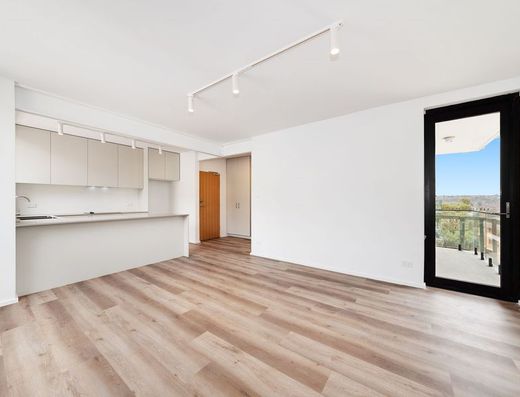10 beautiful indoor plants that you’d have to try to kill
How to care for:
To care for orchids indoors, give them sufficient sunlight, water, fertiliser, and humidity. Water your orchids once a week during the winter and twice a week when the weather turns warm and dry. The size of your orchid container also helps determine how often you need to water, regardless of climate conditions. And finally, fertilise your orchid once a month.
Dracaena prefers bright, indirect light; it tolerates dimmer light, but growth slows as a result. The plant grows well with standard indoor potting soil and average house temps and humidity.
Dracaena trees prefer the soil to dry between waterings, but not entirely through the pot. Typically, watering every 10-14 days will keep the soil with a nice even moisture level.
Peace Lilies can live in low to bright, indirect sunlight. They're the perfect plant to bring life to a dark room or corner. Prolonged exposure to bright direct sunlight may burn and scorch their leaves and dry out their flowers. The plant will droop when thirsty, telling you when it needs a drink. If you pay attention to when it usually starts to sag, you can plan to water one day before it generally happens. Watering about once a week and spritzing leaves with water throughout the summer will help keep your peace lily hydrated.
A nice brightly lit spot is ideal; placing your plant in indirect sunlight is perfect for your Rubber Tree. Weekly waterings are typically enough to allow the plant a period to dry out and breathe. Still, the watering frequency will likely need to decrease to every two weeks in the winter months to avoid overwatering. As a native to the tropics, your Rubber Tree will appreciate you misting its leaves to increase humidity—especially when it gets hot in the summer. Misting regularly also helps keep mites (damaging insects) from making themselves at home on the leaves.
Like succulents, snake plants need little watering and sunlight to thrive. They grow fast in soil with good drainage and are resistant to insects, heat, and warm climates. A potted snake plant should only be watered once every two weeks (or once a month during winter) as over-watering can cause them to die.
Location inside the home is not overly important when placing Devil’s Ivy. It prospers to the greatest extent with bright light but will also grow in low-light conditions. The time between watering will vary, but it could be as often as once a week in the peak of summer or once a month in the depths of winter.
The leaves are heart-shaped when young and then become perforated (or Swiss cheese-like) as they mature. The plant prefers high humidity, but it will adapt fine to dry indoor conditions. If you feel like nurturing it, you can mist it occasionally to boost humidity—but it's not entirely necessary.
Situate Boston ferns indoors in bright but indirect sunlight away from drafty doors and heating vents. Provide as much humidity as possible and carefully monitor the soil to ensure plants stay consistently moist. Mist your plant every other day with water, or bring it into the bathroom when having a steamy shower.
Fiddle Leaf Figs need a lot of natural light and do best when placed directly in front of a window. Water thoroughly about once a week, allowing the top couple inches of soil to dry out before watering again. Keep soil evenly moist at all times. (about 2-3x per week) Do not overwater or leave plants sitting in water. Repotting - Change dirt and transplant to a larger pot annually. This plant naturally wants to become large and needs both spacial height and room for roots to extend.
Bright indirect sunlight is best, so make sure it is near a good light source, such as a big sunny window, and it will be happy. Low light levels can cause them to grow tall and leggy. Keep those leaves dust-free to get all the light it needs too. Ensure to cut off any dead or try leaves and water once a week.






